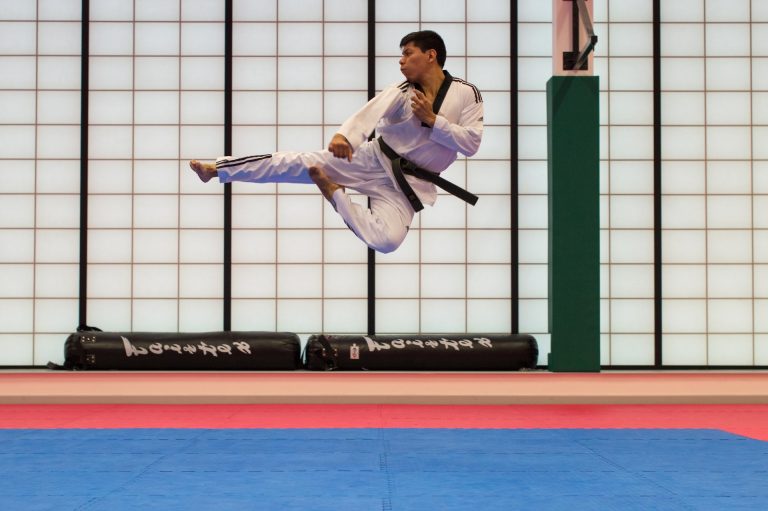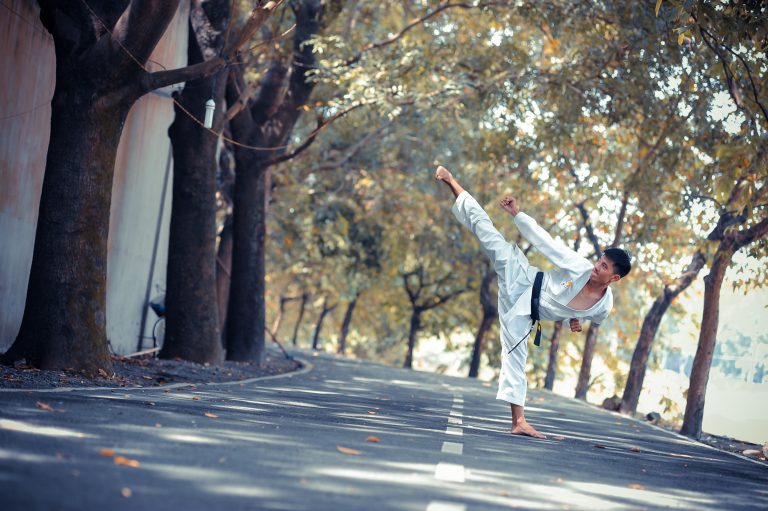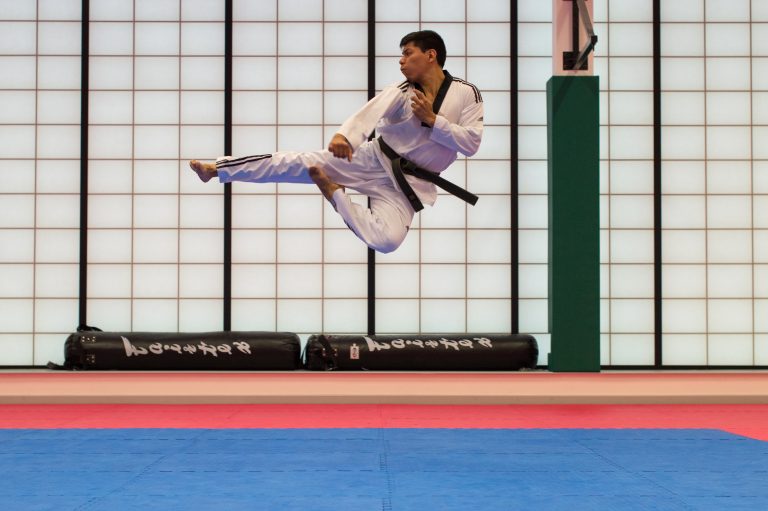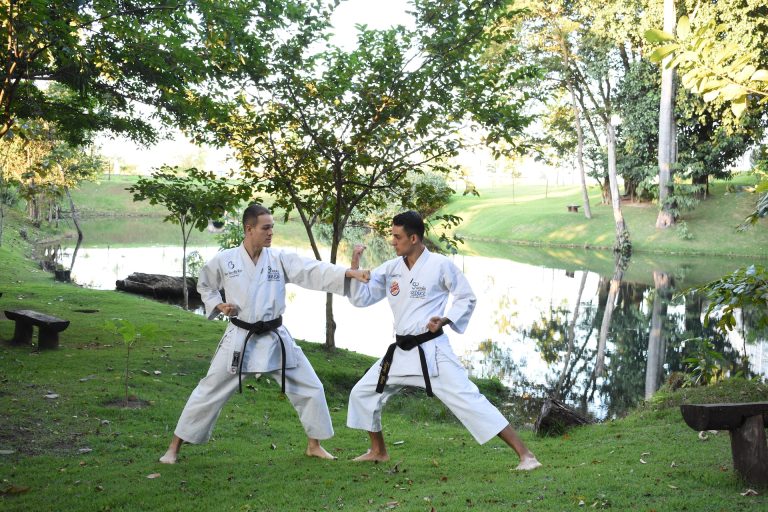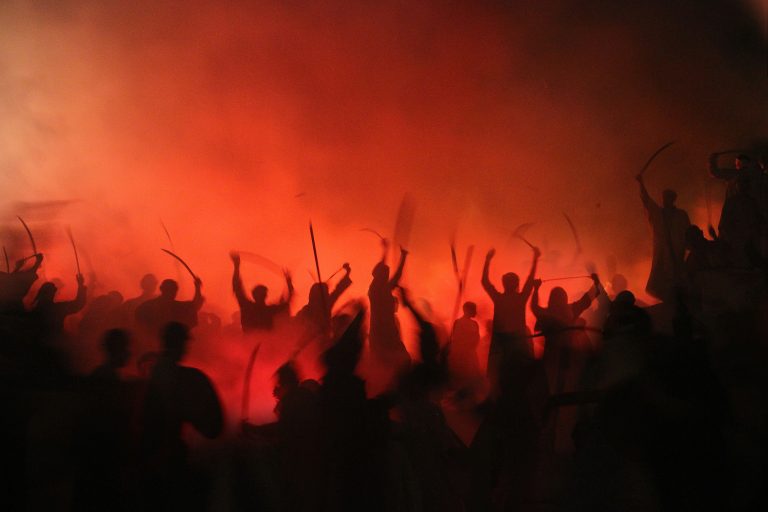Karate Kid 2010 Analysis: An Insightful Review of the Classic Remake
The Karate Kid is a timeless classic that has inspired generations of film audiences. When the remake directed by Harald Zwart and starring Jaden Smith as the karate kid Dre Parker, and Jackie Chan as the wise Mr. Han, premiered in 2010, it was met with both excitement and skepticism. However, despite the mixed reactions, the film remains a cherished gem in modern cinema. In this blog post, we will provide an insightful review of The Karate Kid 2010, highlighting its key themes, its strong and weak points, and its significance for contemporary audiences.
Overview of the Plot and Characters
The plot of The Karate Kid 2010 revolves around Dre, a 12-year-old boy who moves with his mother to Beijing, China, where he struggles to adapt to a new environment and make friends. Dre’s only companion is a violinist named Meiying, whom he meets and befriends. However, Meiying’s friendship attracts unwanted attention from a gang of bullies led by Cheng. After several confrontations, Dre decides to learn martial arts to defend himself and win the respect of his classmates. He approaches Mr. Han, the handyman of his building, to train him. Despite their rocky start, Mr. Han becomes a mentor and father figure to Dre, teaching him not only the physical skills of karate but also the emotional and mental discipline that it requires.
One of the strengths of the film is the chemistry between Jaden Smith and Jackie Chan, who both deliver outstanding performances that combine humor, drama, and action. Jaden Smith’s portrayal of Dre is sympathetic, relatable, and compelling, as he captures the vulnerability, courage, and determination of a young boy struggling to find his place in the world. Jackie Chan, on the other hand, brings his trademark charm and wisdom to the role of Mr. Han, infusing the character with a depth and complexity that elevate him beyond the stereotypical mentor figure seen in many martial arts films.
Themes and Motifs
At its core, The Karate Kid 2010 is a coming-of-age story that explores themes of identity, belonging, and self-discovery. The film addresses Dre’s internal conflicts and external challenges, as he confronts cultural differences, language barriers, and social expectations that test his resilience and adaptability. Through his journey of learning karate, Dre discovers the importance of discipline, respect, and patience, as he overcomes his fears, doubts, and prejudices. Moreover, the film emphasizes the role of family and community in shaping one’s character and values, as Dre learns to appreciate and embrace the traditions and customs of his mother’s homeland, and to forge meaningful relationships with his neighbors and friends.
Another significant motif in the film is the symbolism of the snake and the crane, two important animals in Chinese martial arts. Mr. Han uses their movements and philosophies to teach Dre the fundamentals of karate and to convey deeper messages about balance, flexibility, and harmony. The snake represents the soft style of martial arts, which emphasizes fluidity, evasion, and adaptation to one’s opponent. The crane, on the other hand, represents the hard style of martial arts, which emphasizes power, precision, and self-control. The film uses these animal metaphors to show how Dre combines the best of both styles to become a skilled and confident martial artist.
Strengths and Weaknesses
Overall, The Karate Kid 2010 is a well-crafted and engaging film that manages to capture the essence of the original while adding its own twists and flavor. The film benefits from its stunning cinematography, which showcases the beauty and diversity of Chinese landscapes and culture. The fight scenes are choreographed and executed with precision and flair, creating a sense of excitement and tension that keeps the audience on the edge of their seats.
On the downside, the film suffers from some pacing issues, particularly in the first act, which feels rushed and disjointed. Moreover, some of the supporting characters, such as Meiying and Cheng, are underdeveloped and lack depth, making them seem stereotypical and one-dimensional.
Significance and Legacy
The Karate Kid 2010 may not be a perfect film, but it deserves credit for its attempt to modernize and revitalize a beloved classic for a new generation. The film’s success at the box office and its positive reception from audiences and critics alike have cemented its place as a worthy successor to the original. Moreover, the film’s themes and motifs continue to resonate with contemporary audiences, as they address universal and timeless issues of cultural adaptation, resilience, mentorship, and self-discovery.
In conclusion, The Karate Kid 2010 is a must-see film for anyone who loves martial arts, action, drama, or good cinema in general. With its excellent cast, strong themes, and exciting visuals, the film offers a powerful and inspiring message of perseverance, courage, and hope. Whether you are a fan of the original or a newcomer to the franchise, this film is sure to leave a lasting impression on you and to inspire you to take on your own challenges and conquer your fears.
Frequently Asked Questions about Karate Kid 2010 Analysis
Are you a fan of martial arts movies? Have you seen the Karate Kid movie (2010) and have questions? If so, you’ve come to the right place. We have compiled a list of frequently asked questions about the Karate Kid 2010 analysis. Let’s dive into it.
1. Who stars in the Karate Kid (2010)?
The Karate Kid (2010) stars Jaden Smith as the main character, Dre Parker, and Jackie Chan as his mentor, Mr. Han. Jaden Smith is the son of famous actor Will Smith, and Jackie Chan is a well-known martial artist who has starred in numerous martial arts movies.
2. Is the Karate Kid (2010) a remake of the original Karate Kid movie?
Yes, the Karate Kid (2010) is a remake of the original Karate Kid movie released back in 1984. The plot is similar, but some details have been changed. For example, in the 2010 version, the main character moves to China instead of California, and the martial art used is Kung Fu, not Karate.
3. Is the Karate Kid (2010) a good movie?
The Karate Kid (2010) received mixed reviews from critics, but it was generally well-received by audiences. The performances of Jaden Smith and Jackie Chan were praised, as was the stunning cinematography. However, some critics felt that the movie was too long and was aimed more at children than adults.
4. What martial art is used in the Karate Kid (2010)?
Contrary to what the title may suggest, karate is not the martial art used in the Karate Kid (2010). Instead, the movie features Kung Fu, which is a Chinese martial art that focuses on fluid movements and powerful strikes.
5. What lessons does the Karate Kid (2010) teach?
One of the main lessons taught in the Karate Kid (2010) is the importance of hard work and dedication. Dre Parker has to work hard to learn Kung Fu and master the techniques he needs to succeed. Another important lesson is the value of a good teacher. Mr. Han teaches Dre important life lessons and helps him become a better person.
6. Was the Karate Kid (2010) filmed in China?
Yes, the Karate Kid (2010) was filmed on location in China. Some of the shooting locations include Beijing, Guangzhou, and the Wudang Mountains. The stunning landscapes and vibrant cities of China make the perfect backdrop for this coming-of-age martial arts movie.
7. Did Jaden Smith do his own stunts in the Karate Kid (2010)?
Jaden Smith did most of his own stunts in the Karate Kid (2010). He trained in Kung Fu for several months before filming began and became proficient in many of the techniques used in the movie. However, for safety reasons, some of the more dangerous stunts were performed by a stunt double.
In conclusion, the Karate Kid (2010) is a coming-of-age martial arts movie that teaches important life lessons. It stars Jaden Smith and Jackie Chan and features Kung Fu as the martial art of choice. Despite some mixed reviews, it was generally well-received by audiences and is a great movie to watch for any martial arts fan.
How to Analyze the Karate Kid 2010 Movie: A Step-by-Step Guide
Are you a fan of martial arts movies? Or just watched the Karate Kid 2010 movie and want to learn more about it? In this guide, we will provide you with a step-by-step guide on how to analyze the Karate Kid 2010 movie. You will learn how to break down the movie, understand its key elements, and identify its underlying messages.
Step 1: Watch the Movie
First and foremost, you need to watch the movie. This may seem like an obvious step, but it is crucial. You cannot analyze a movie without watching it. As you watch the movie, take note of the following:
– Characters: Who are the main characters? What are their backgrounds? What motivates them?
– Plot: What is the story? What are the key events? How does it unfold?
– Setting: Where does the movie take place? How does the setting impact the story?
– Cinematography: How is the movie shot? What camera angles are used? What is the lighting like?
– Soundtrack: What music is used in the movie? How does it contribute to the story?
Step 2: Identify the Theme
Every movie has a theme, which is the underlying message that the filmmakers want to convey. To identify the theme of the Karate Kid 2010 movie, ask yourself the following:
– What is the movie trying to say about life?
– What values does the movie promote?
– What lessons can be learned from the story?
The theme of the Karate Kid 2010 movie is about the power of perseverance, hard work, and dedication. The movie promotes the idea that through these values, anyone can overcome adversity and achieve their goals.
Step 3: Analyze the Characters
The characters in the Karate Kid 2010 movie play a vital role in telling the story. To analyze the characters, ask yourself the following:
– What are the character’s motivations?
– How do they change throughout the movie?
– How do they contribute to the theme of the movie?
In the Karate Kid 2010 movie, the main character is Dre Parker, a young boy who moves from Detroit to Beijing with his mother. Dre is bullied by a group of kids who practice kung fu, and he seeks help from Mr. Han, a maintenance man who happens to be a kung fu master. Through Mr. Han’s teachings, Dre learns the importance of hard work and determination.
Step 4: Evaluate the Plot and Setting
The plot and setting of the Karate Kid 2010 movie are critical elements in telling the story. To evaluate the plot and setting, ask yourself the following:
– Does the setting contribute to the story?
– Are the key events in the plot believable?
– How does the plot unfold, and does it make sense?
The Karate Kid 2010 movie takes place in Beijing, China. The setting provides a backdrop for the story and contributes to the culture clash between Dre and the kung fu bullies. The events in the plot, such as Dre’s training with Mr. Han and his final match with the bullies, are all believable and well-executed.
Step 5: Deconstruct the Cinematography and Soundtrack
Cinematography and soundtrack are instrumental in setting the tone and conveying emotions in the Karate Kid 2010 movie. To deconstruct the cinematography and soundtrack, ask yourself the following:
– How do camera angles and lighting impact the mood?
– What emotions does the soundtrack evoke?
– How do these elements contribute to the overall story arc?
In the Karate Kid 2010 movie, the cinematography is well-executed, with sweeping shots of Beijing and the kung fu training grounds. The soundtrack is also effective, with a mix of traditional Chinese music and modern tracks. These elements work together to create an immersive experience for the viewer.
Conclusion
Analyzing the Karate Kid 2010 movie requires a bit of work, but it can be a rewarding experience. By watching the movie, identifying its theme, analyzing its characters, evaluating its plot and setting, and deconstructing its cinematography and soundtrack, you will gain a deeper understanding of the movie’s key elements and underlying messages. We hope this guide has been helpful and informative.
Inhaltsverzeichnis


